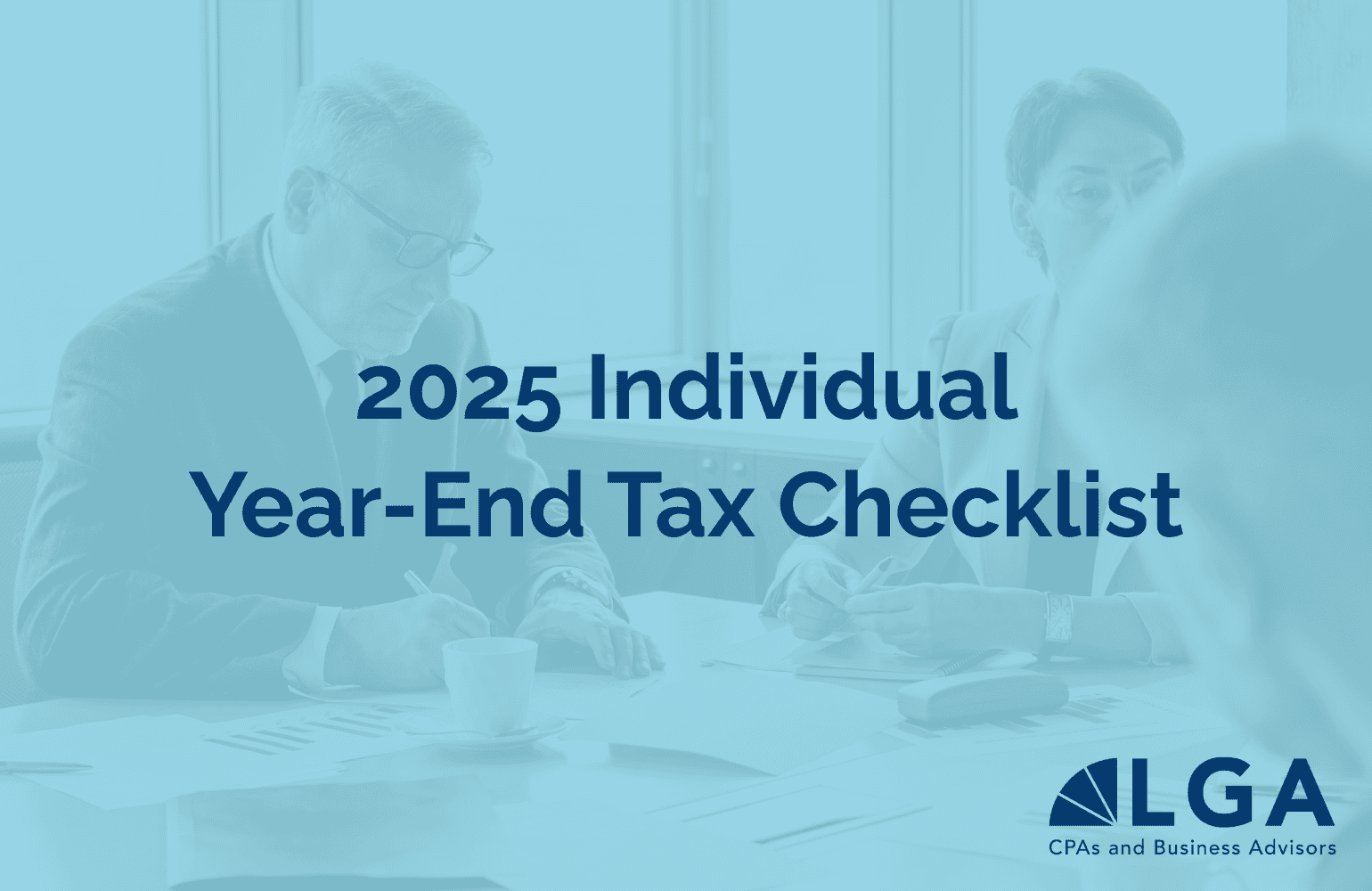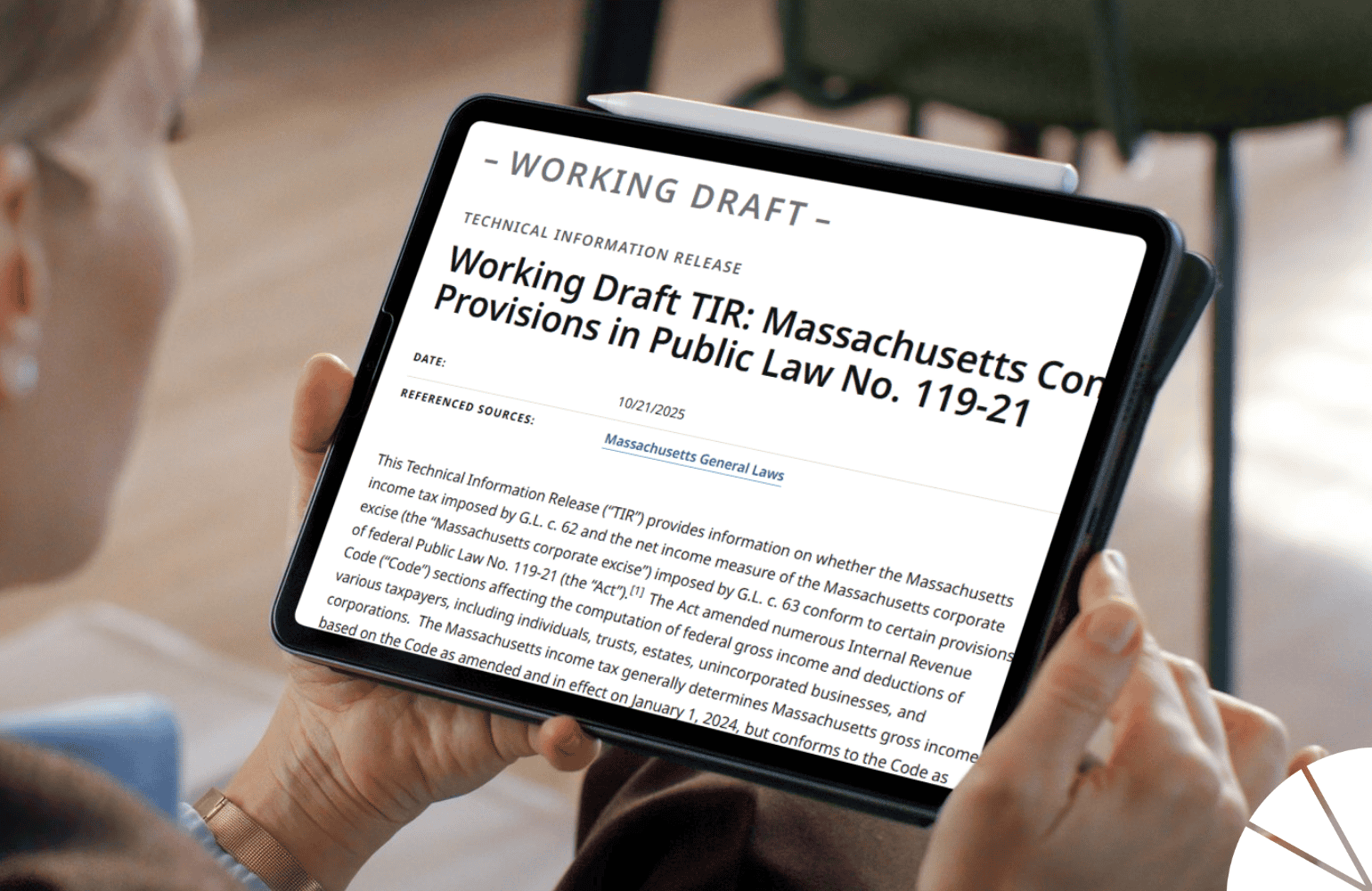We are excited to introduce “What Would Jeff Do?” – our new LGA newsletter series written by Jeffrey Levine, CPA, MST, our Director of Financial Strategies. With over four decades of experience advising clients, Jeff shares actionable insights on common financial issues, like the timely funding of IRAs. These concise, powerful newsletters aim to enhance your financial understanding and decision-making. We invite you to explore this valuable resource, designed to guide you toward a more prosperous financial future. If you have a general financial question for future newsletters, please submit them to Jeff.
As the April deadline for IRA contributions swiftly approaches, many of us find ourselves pondering the same question: To contribute or not to contribute? Let’s dive into the essentials of Individual Retirement Accounts (IRAs) and how they can fit into your financial landscape.
Understanding Your IRA Options:
Since their introduction in 1974, IRAs have become a pivotal element of retirement planning. Here’s a breakdown of the types you might consider:
- Traditional IRA: Make contributions with pre-tax dollars; pay taxes on distributions in retirement.
- Non-Deductible IRA: Contributions are made with after-tax dollars without tax deductions due to high income or participation in other retirement plans; part of the distributions can be tax-free.
- ROTH IRA: Contribute with after-tax dollars; enjoy tax-free distributions if certain conditions are met.
Remember, Rollover and Inherited IRAs have different rules and deadlines, which we can explore at a later time.
Jeff’s Insight on Making the Right Choice:
The decision between Traditional, Non-Deductible, and ROTH IRAs hinges on several personal factors, including your current income, anticipated retirement income, and age. Contribution limits for 2023 are set at $6,500 (or $7,500 if you’re 50 or older), and they increase slightly in 2024 to $7,000 (or $8,000 for those 50+). Your contribution is also capped by your earned income if it’s less than these limits.
Strategic Considerations:
- Opt for a Traditional IRA if you expect to be in a lower tax bracket in retirement.
- Consider a ROTH IRA if you predict your retirement tax bracket will be higher or similar to your current one.
- A Non-Deductible IRA might be your route if you’re already participating in a workplace retirement plan and exceed the income thresholds for the other options.
The Value of Early Contributions:
Jeff advocates for the early bird approach: funding your IRA in January of each year rather than waiting until the following year’s April deadline. This strategy leverages the power of compounding interest, significantly enhancing the growth potential of your retirement funds.
The Case for Non-Deductible IRAs:
While some may question the value of Non-Deductible IRAs due to the ordinary tax rates on distributions, Jeff sees a silver lining. These accounts can serve as a steppingstone to a ROTH IRA conversion, offering long-term, tax-free growth benefits, despite the potential for initial tax liabilities during conversion.
Jeff’s Final Advice:
With various choices and rules surrounding IRAs, the best course of action is a yearly consultation with your tax and financial advisor. This ensures that your retirement planning stays aligned with your evolving financial goals and market conditions.
Ready to Make Your Move?
As we edge closer to the IRA contribution deadline, now is the time to assess your options and make informed decisions about your retirement savings. When you’re contemplating your next steps or need clarity on your IRA strategy, LGA is here to help. Reach out to us today to ensure your retirement planning is on the right track.






